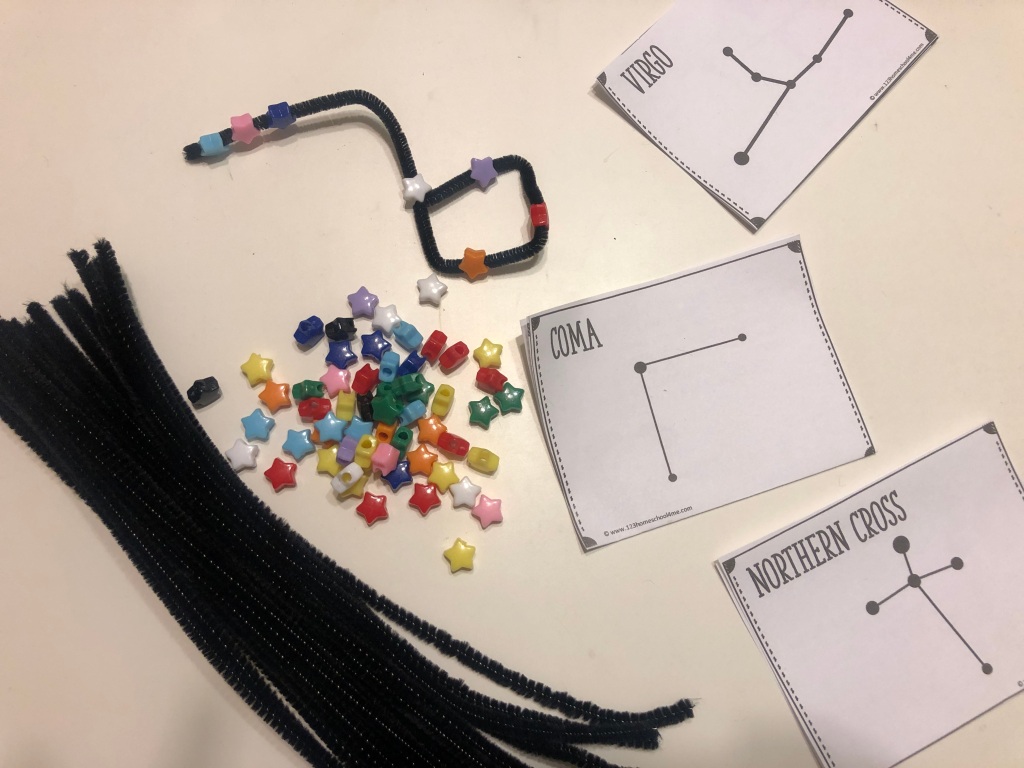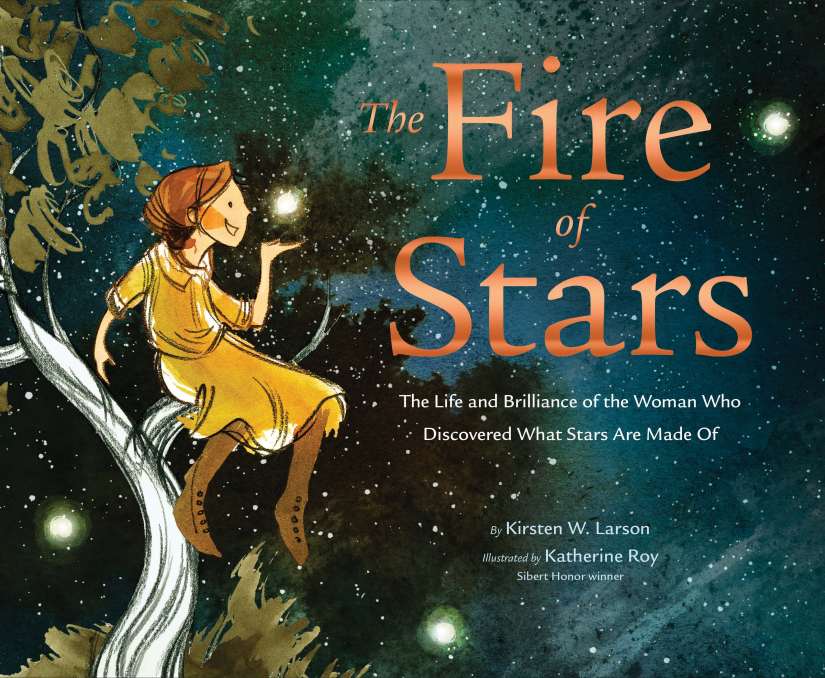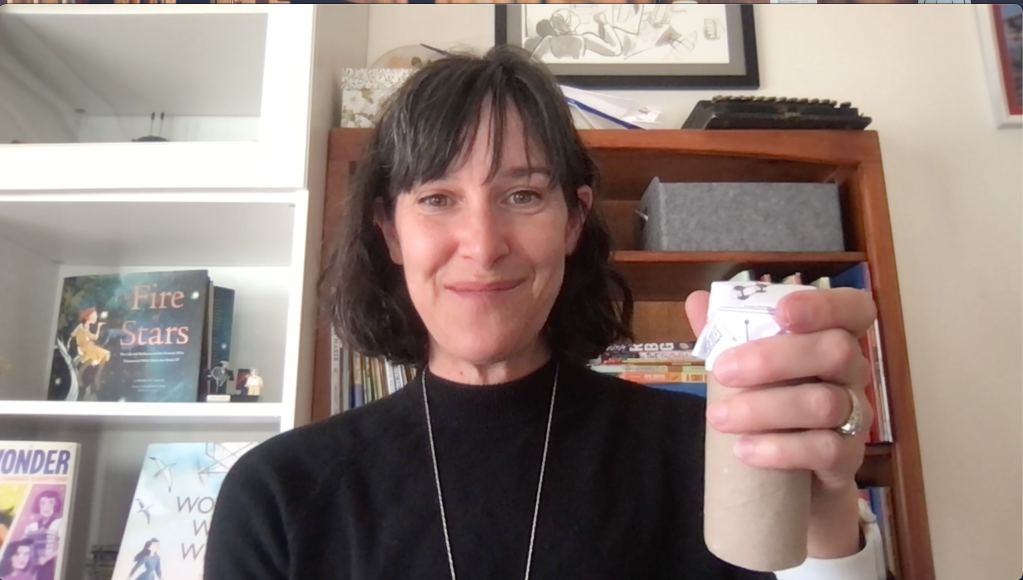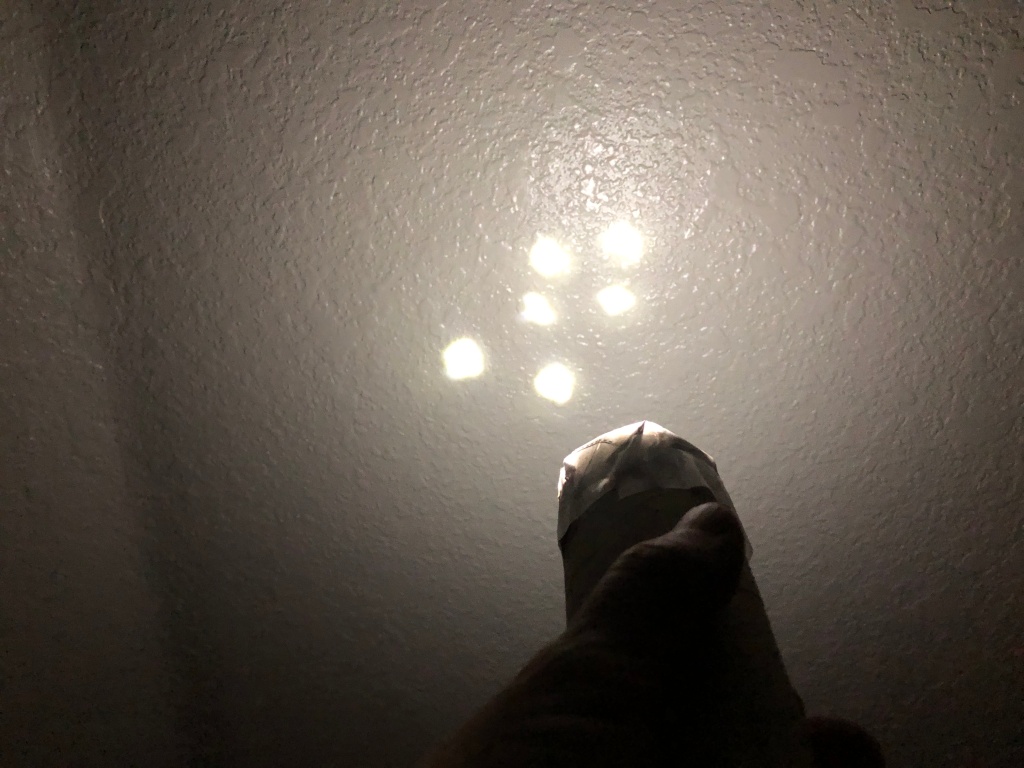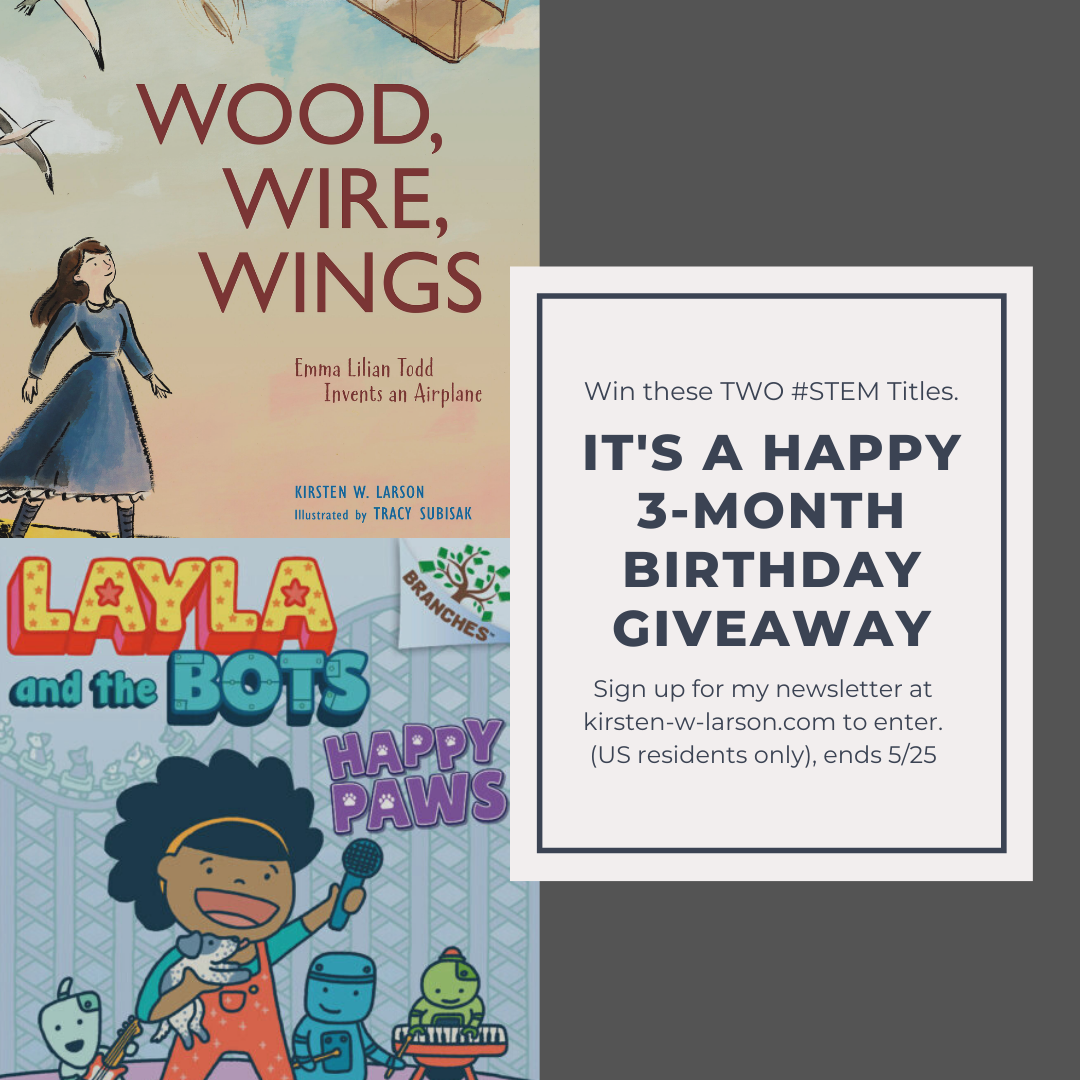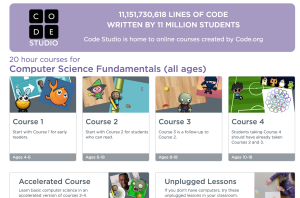As part of my writing process, I read dozens of books by other nonfiction authors. When I read, I make notes about the craft choices authors make in terms of voice, structure, POV, and other unique elements that add up to amazing books. I recently decided to share my notes (in a searchable format), so teachers and fellow writers can see what I find new and noteworthy. Please feel free to share your thoughts in the comments below.

The Book:
SWEET DREAMS, SARAH
Author/Illustrator: Vivian Kirkfield, illustrations by Chris Ewald
Publication Info.: Creston Books, 2019
Ages/Grades: grades 2 to 5
Category: biography, STEM, STEAM, third-person POV
First lines:
Before the Civil War, Sarah obeyed her owner.
Hurry up.
Eyes down.
Don’t speak.
Overview (from the publisher): “Sarah E. Goode was one of the first African-American women to get a US patent. Working in her furniture store, she recognized a need for a multi-use bed and through hard work, ingenuity, and determination, invented her unique cupboard bed. She built more than a piece of furniture. She built a life far away from slavery, a life where her sweet dreams could come true.”
What’s noteworthy for authors and educators:
One of the most transformational moments in my own writing was when I started to think about the craft of writing picture books as poetry, not prose. As a beginner, I often equated writing nonfiction picture books with writing an essay, which resulted in long, plodding paragraphs. Yikes! In SWEET DREAMS, SARAH, Vivian Kirkfield, shows us the magic of occasionally using short sentences, more like poetry, to keep the story moving. (Her opening is a perfect example.)
Also notable is how she shifts between a traditional third-person narrator and Sarah’s own experience. The opening lines above provide a perfect example. “Hurry up. Eyes down. Don’t speak.” are clearly words that Sarah hears as she works, though we aren’t told this directly. Overall, Kirkfield’s third-person narration stays very close to Sarah, the main character, giving us glimpses into her thoughts.
A final favorite is this book’s topic: invention! I find biographies about inventors to be so useful for students, in terms of teaching them persistence and the value of a growth mindset. What was it that Edison supposedly said? “I have not failed. I’ve just found 10,000 ways that won’t work.” That seems to be the path of all inventors (and creators like writers too), and Sarah is no exception.
Additional resources for authors and educators:
